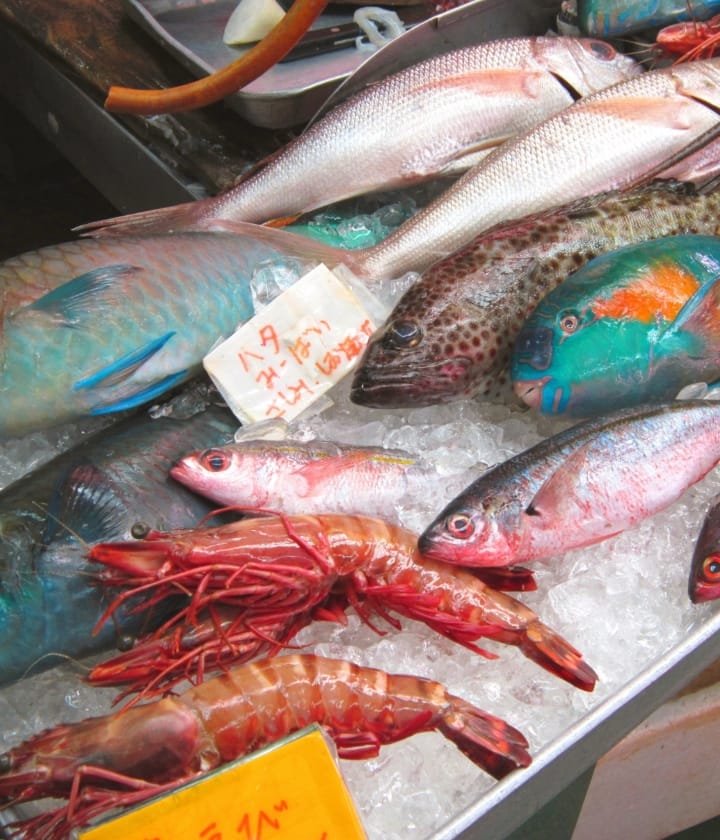To Cruise Lines

Information on Okinawa’s attractions and ports, useful links, and other useful information for cruise lines.
Attractions of Okinawa
Nature
Rich nature that attracts attention from around the world
Okinawa, a subtropical island, has a climate with little difference in temperature throughout the year, which has fostered a precious natural environment. One of the world’s largest coral reefs grows in the crystal clear waters known as “Churaumi,” and the colorful fish that call it home congregate there. In Yanbaru and Iriomote Island, which are designated as national parks, unspoiled virgin forests spread out, and precious plants and animals, including national natural treasures, have been carrying on their lives since ancient times. Okinawa is also known as the “Galapagos of the Orient” because of the many creatures that have evolved in their own unique way, and its nature is a great asset for Japan. Activities such as canoeing and trekking allow you to fully enjoy this natural environment and bring you an emotionally moving experience.
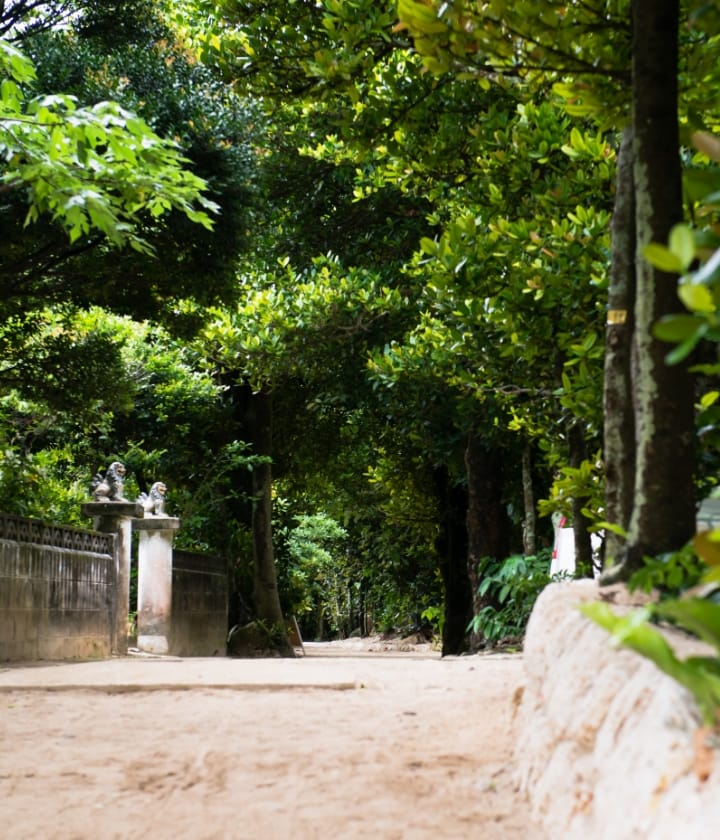
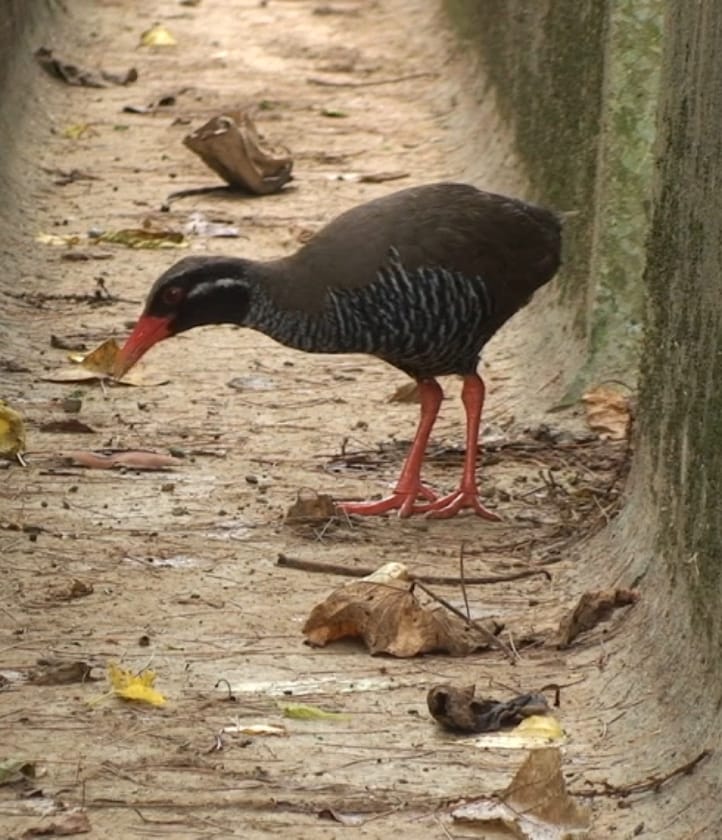

History
Unique history and culture
Okinawa was once an independent country called Ryukyu. The Kingdom of Ryukyu began in the 15th century and lasted for 450 years, during which time it developed with deep ties to China, Japan, and Southeast Asia. The fields of development ranged from arts and crafts to performing arts and music, as well as food and clothing of the common people. After World War II, influence of the U.S. became also significant. A fusion of cultures can be seen in gourmet foods such as taco rice and music called Okinawan rock. On the other hand, castles (gusuku) and mausoleums have been built in various parts of the country since before the establishment of the unified dynasty, and are highly regarded worldwide as historical and cultural heritage. Nine sites in the prefecture, from the ruins of Nakijin Castle in the north to Seifa Utaki in the south, have been registered as World Heritage sites. As you can see, Okinawa has a history that is different from that of mainland Japan, but skillfully adopted foreign cultures to develop its own unique culture.
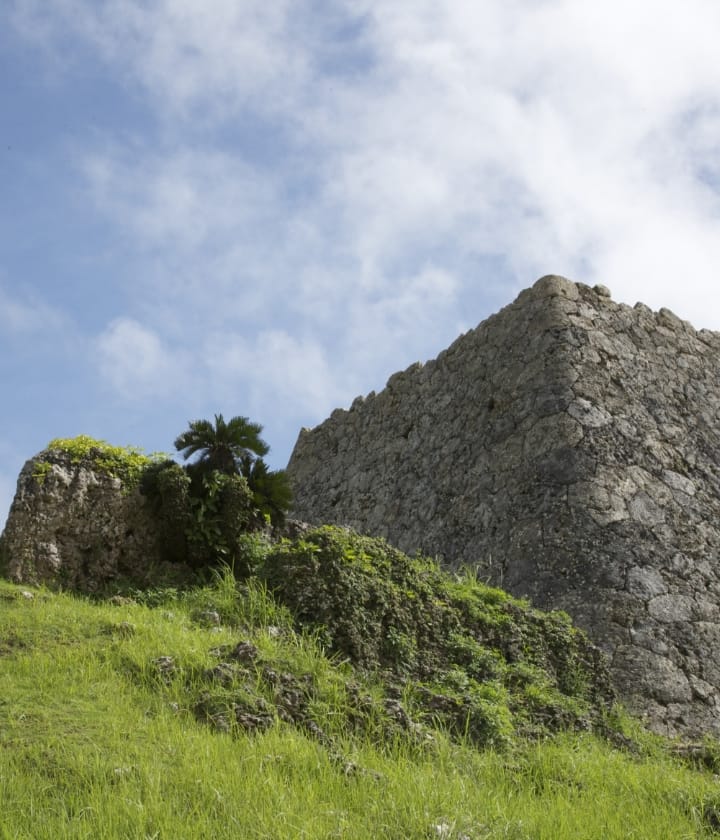
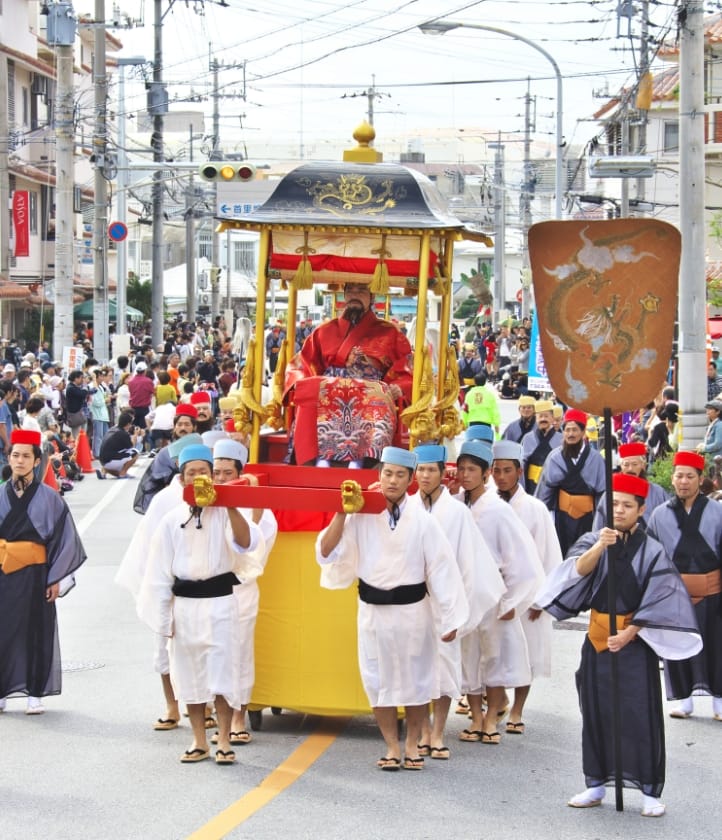

Culture
Cultural prosperity through performing arts and crafts
One of the characteristics of Okinawan culture is that it has developed by fusing foreign cultures while maintaining its uniqueness. One of the representative genres is the performing arts. Music has been refined mainly with the sanshin, which was promoted by the Ryukyu Kingdom to entertain diplomatic missions from China. Along with this Ryukyuan music, Ryukyuan dance, Kumiodori, which has been registered as an intangible cultural heritage, and Eisa, which retains the colors of the region, still have a strong appeal. Crafts, on the other hand have fostered the prosperity of traditional culture that has been nurtured since the Ryukyu Kingdom era. The Okinawan culture prides itself on artistic qualities in various fields―Yachimun pottery, made from local clay and warm to the touch; Ryukyu glass, characterized by its vivid colors and fine bubbles; textiles, one of the best in Japan in terms of technique; and Bingata, a type of dyeing that vividly depicts natural scenes.

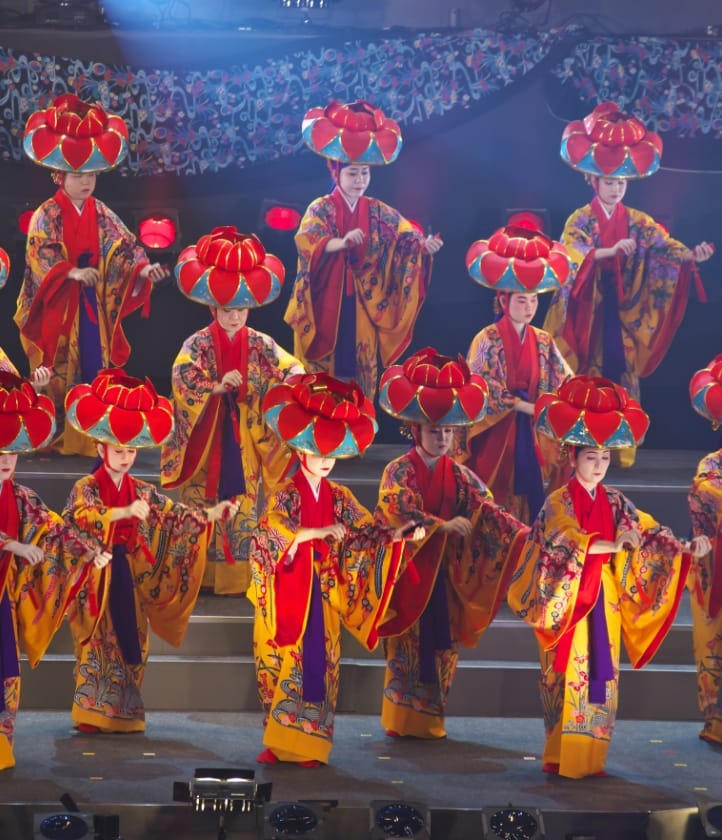
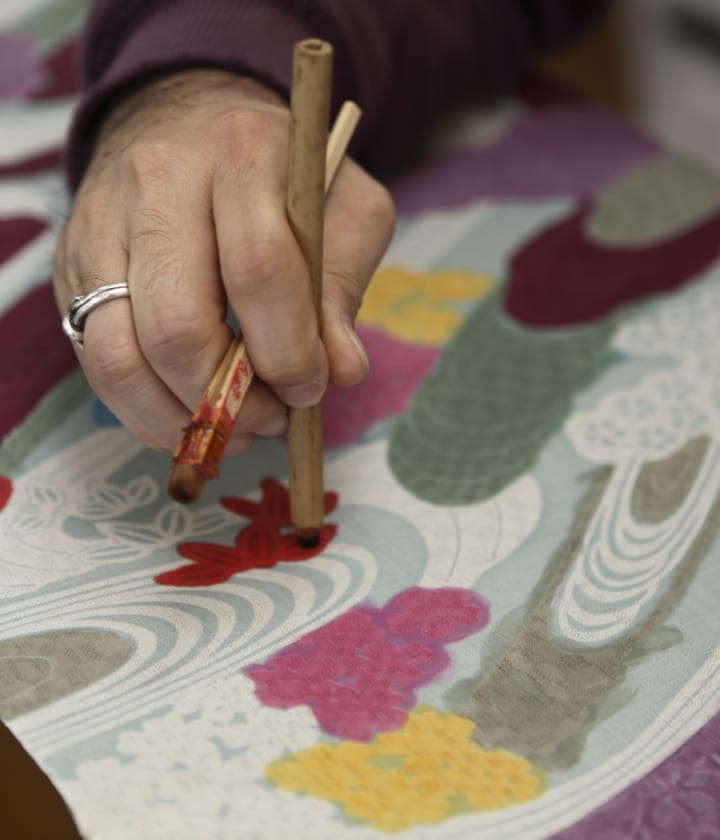
Food-culture
A food culture loved by many
The culture of Okinawa is unique and diverse. Okinawa is the only Prefecture with subtropical climate in Japan, and this is evident in the rich green vegetables, colorful fish, and other ingredients. Foreign cultures from China, Japan, and Southeast Asia have also had a great influence on Okinawan food. During the period of the Ryukyu Kingdom, the royal government occasionally sent chefs to China to entertain Chinese envoys, which resulted in the development of splendid court cuisine that combined the skills of chefs. On the other hand, the common people developed cuisine that reflected the concept of “Ishoku-Dogen” (equal emphasis on medicine and food for health) using available ingredients, leading to the realization of the world-famous longevity of the people in the island. In the post-war period, the island was also influenced by American culture, and as time went on, the island developed an even more international food culture, which is widely loved by both its residents and tourists.
